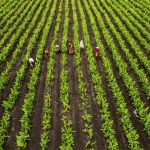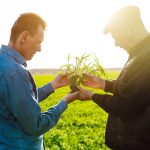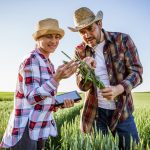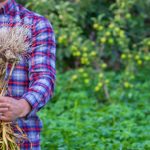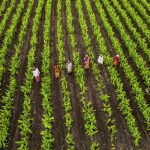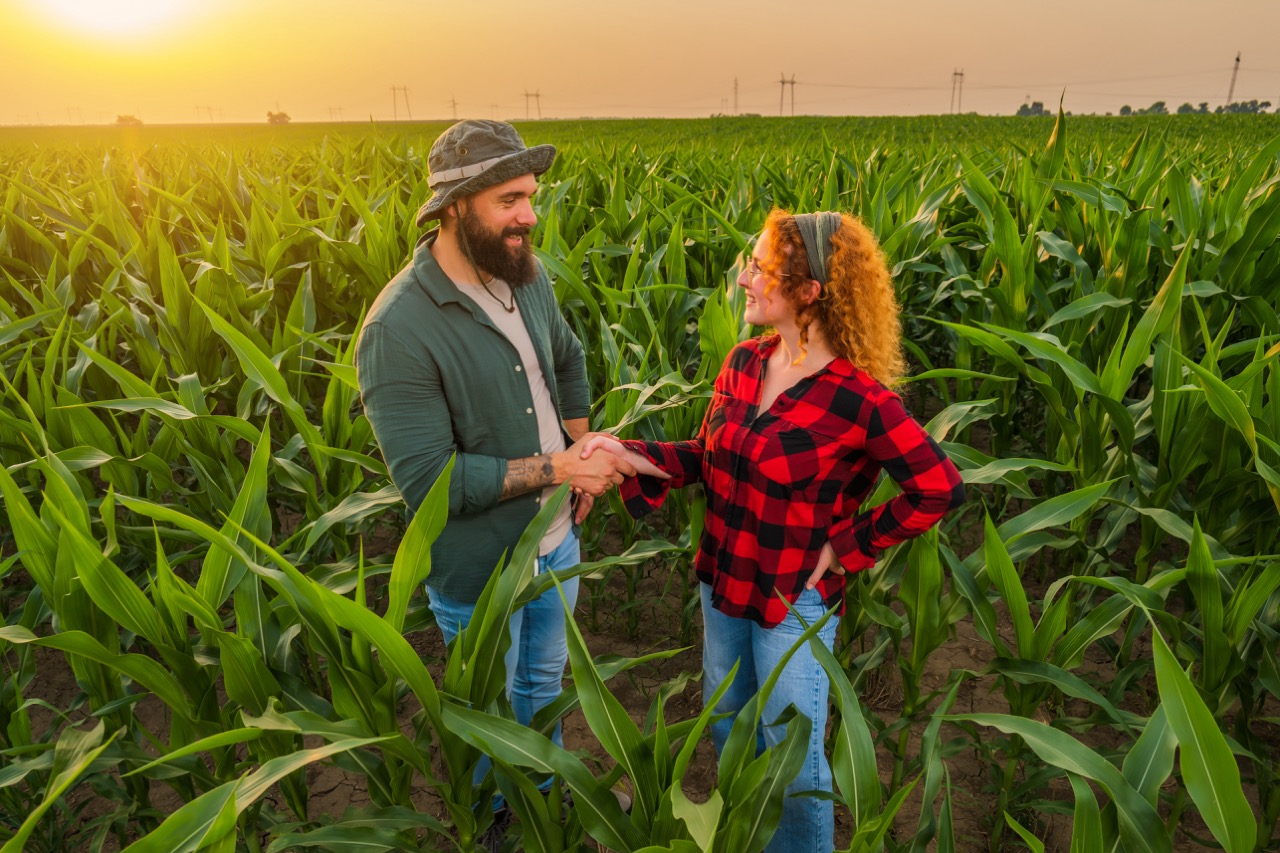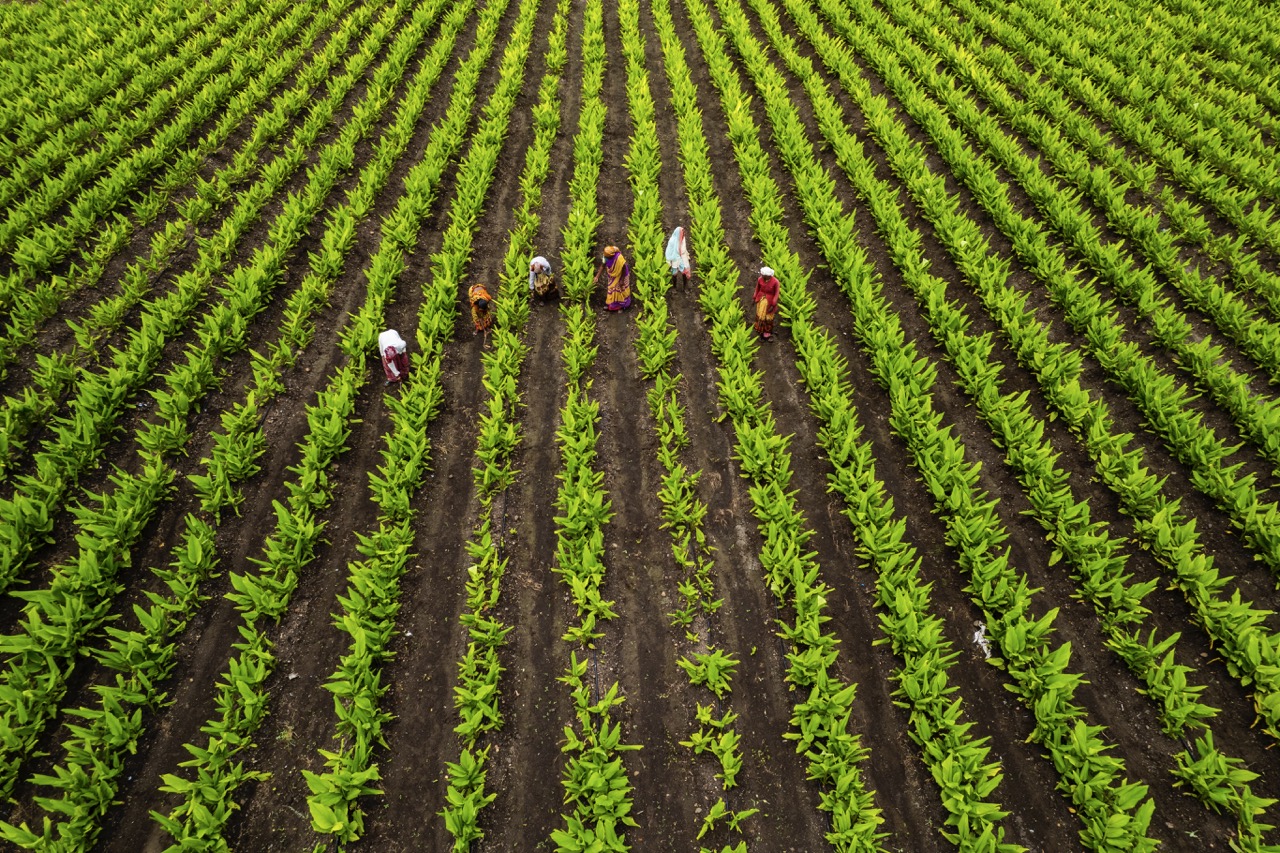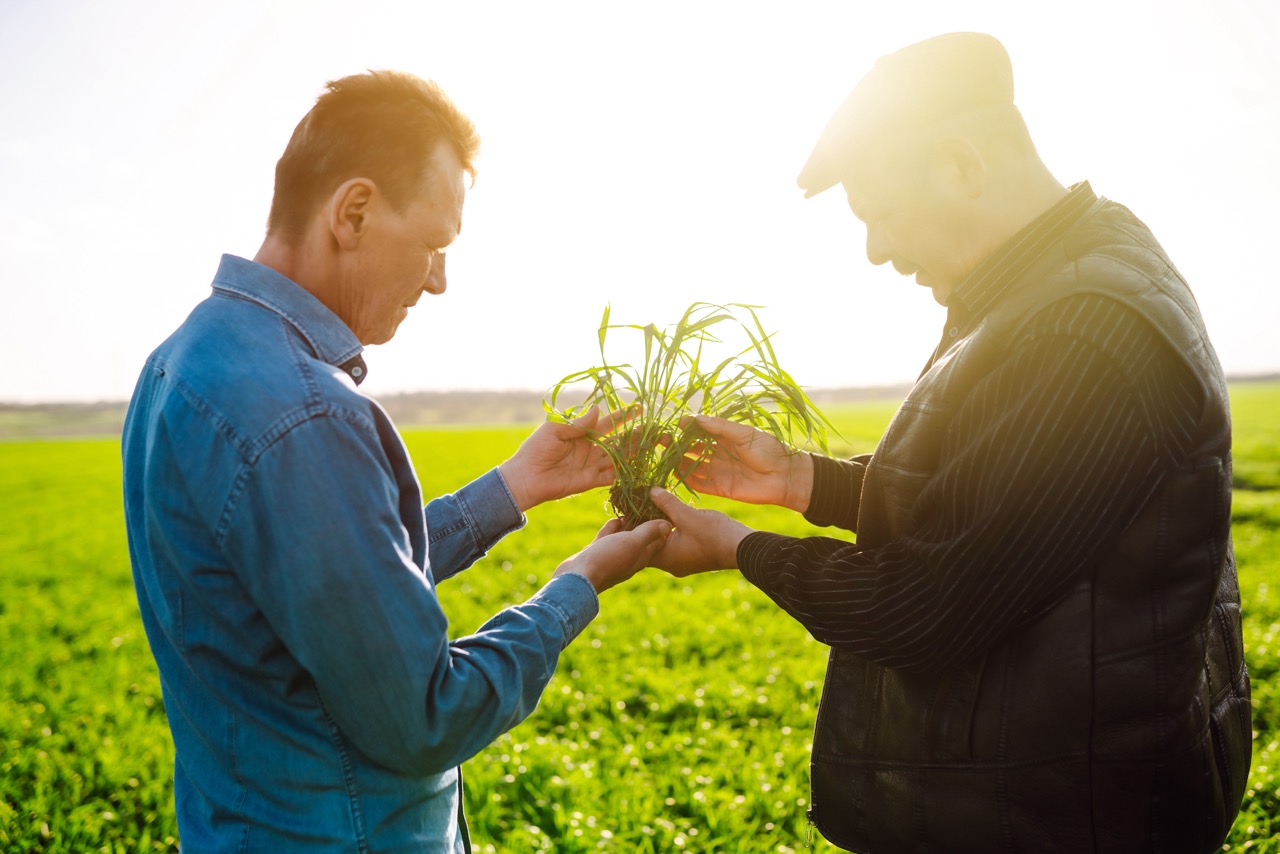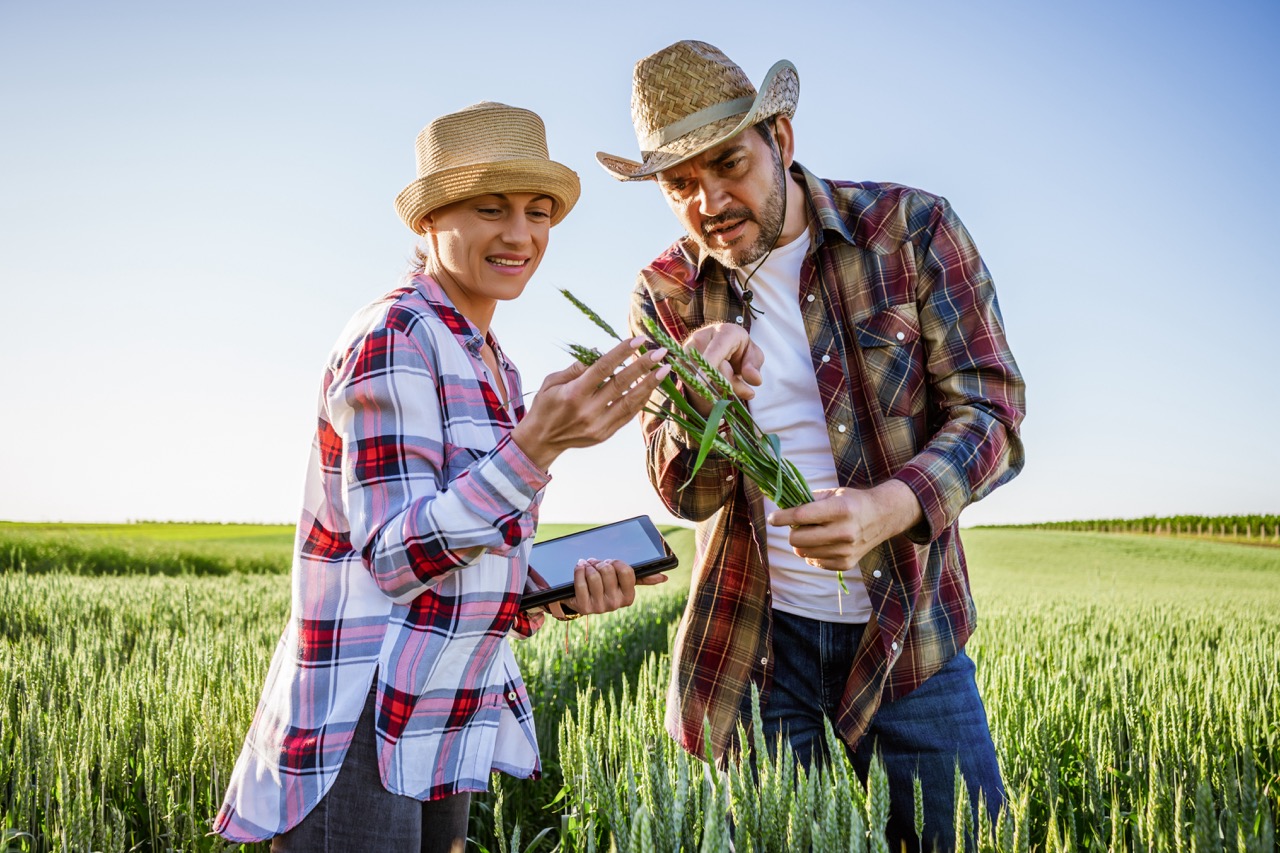Sharecropping, a system historically rooted in the aftermath of the American Civil War, has been a controversial yet significant model in agricultural practices, particularly in the Southern United States. While often criticized for perpetuating cycles of poverty and dependence, the question remains: can sharecropping offer a viable pathway to land ownership for farmers today? This article delves into the complexities of sharecropping, examining its historical context, current economic viability, success stories, and the challenges and opportunities that characterize this agricultural practice.
Understanding Sharecropping: A Historical Perspective
Sharecropping emerged in the Southern United States during the Reconstruction era as a means to provide economic stability for freed slaves and impoverished white farmers who had lost their land during the Civil War. It involved a system where landowners allowed tenants to use a portion of their land for cultivation in exchange for a share of the crops produced. This arrangement provided a semblance of autonomy for the tenants while serving the landowners’ interests in maintaining agricultural output without the costs of labor.
Despite its initial promise, sharecropping quickly devolved into a system that often trapped farmers in a cycle of debt and dependency. Many sharecroppers were charged exorbitant prices for necessary supplies and tools, leading to a situation where they could never fully pay off their debts. Consequently, they remained beholden to landowners, unable to save enough to purchase land of their own. This dynamic sowed the seeds of systemic poverty that affected generations of rural families.
Nevertheless, understanding the historical context of sharecropping is crucial in assessing its contemporary relevance. While the original motivations behind sharecropping were rooted in social and economic necessity, today’s farmers engage in various adaptations of the model, influenced by market demands, access to education, and evolving agricultural technologies. This evolution prompts a reevaluation of sharecropping as a potential stepping stone toward land ownership.
The Economic Viability of Sharecropping Today
In today’s economic landscape, sharecropping presents both risks and opportunities for farmers. With rising land prices and significant initial investment required for purchasing farmland, many aspiring farmers find sharecropping an attractive alternative. By entering into sharecropping agreements, they can gain valuable experience in farming, build credit, and develop relationships with landowners, which may eventually lead to opportunities for purchasing land.
However, the economic viability of sharecropping is contingent upon various factors, including crop selection, market access, and the terms of the agreement. Successful sharecroppers are often skilled negotiators who understand how to maximize their share of the profits while minimizing costs. This requires a keen understanding of agricultural markets and the ability to adapt to changing conditions.
Moreover, technology and access to information can play pivotal roles in the success of sharecropping arrangements. Farmers who leverage modern techniques and data-driven insights can improve their crop yields, thereby increasing their share of the profits. This adaptability and innovation may help sharecroppers transition from renters to landowners, provided they can navigate the complexities of their financial and contractual obligations.
Success Stories: Farmers Achieving Land Ownership
Despite the challenges associated with sharecropping, there are numerous success stories that highlight how this model can serve as a pathway to land ownership. Farmers who have effectively utilized sharecropping arrangements have managed to save enough capital to purchase land gradually. For instance, some individuals have entered into long-term agreements with landowners that allow them to increase their share of the profits over time, creating a financial cushion for future investments.
Community organizations and cooperatives have also played a crucial role in supporting aspiring landowners. Through education, mentorship, and access to capital, these entities have enabled sharecroppers to navigate the intricacies of land acquisition. Programs that provide financial literacy training and connect farmers with funding sources have proven effective in helping them achieve their land ownership goals.
Additionally, cases of successful sharecropping transitioning into ownership demonstrate the potential for a new economic model rooted in collaboration. These farmers have often cultivated relationships with landowners based on trust and mutual benefit, ultimately leading to arrangements that facilitate their journey toward ownership. Such examples encourage a rethinking of sharecropping as an opportunity rather than merely a vestige of an exploitative past.
Challenges and Opportunities in Sharecropping Systems
While sharecropping presents potential pathways to land ownership, significant challenges persist. The inherent power imbalance between landowners and sharecroppers can lead to exploitative practices, with landowners dictating terms that may not favor the tenant. Additionally, the fluctuating agricultural market can jeopardize crop yields and profits, making it difficult for sharecroppers to achieve financial independence.
Moreover, socio-political factors complicate the landscape for sharecroppers. Access to resources such as credit, technical assistance, and networking opportunities can vary widely, often leaving marginalized farmers at a disadvantage. Discriminatory practices and systemic barriers continue to hinder the progress of many who seek to escape the cycle of sharecropping.
Despite these challenges, opportunities for improvement exist within the sharecropping model. Innovative cooperative structures and community-supported agriculture initiatives can empower farmers by improving their bargaining power and access to markets. Advocacy for policies that support equitable land transfer and affordable financing options also holds promise for creating a more sustainable path for sharecroppers seeking land ownership.
In conclusion, while sharecropping has historically been associated with disadvantage and dependency, it can also serve as a stepping stone toward land ownership for many farmers today. By understanding the historical context, economic viability, and success stories surrounding sharecropping, stakeholders can better navigate its complexities and work toward a more equitable agricultural landscape. As challenges persist, the focus must remain on empowering farmers and creating opportunities that enable them to break free from cycles of poverty while pursuing their dreams of land ownership.
